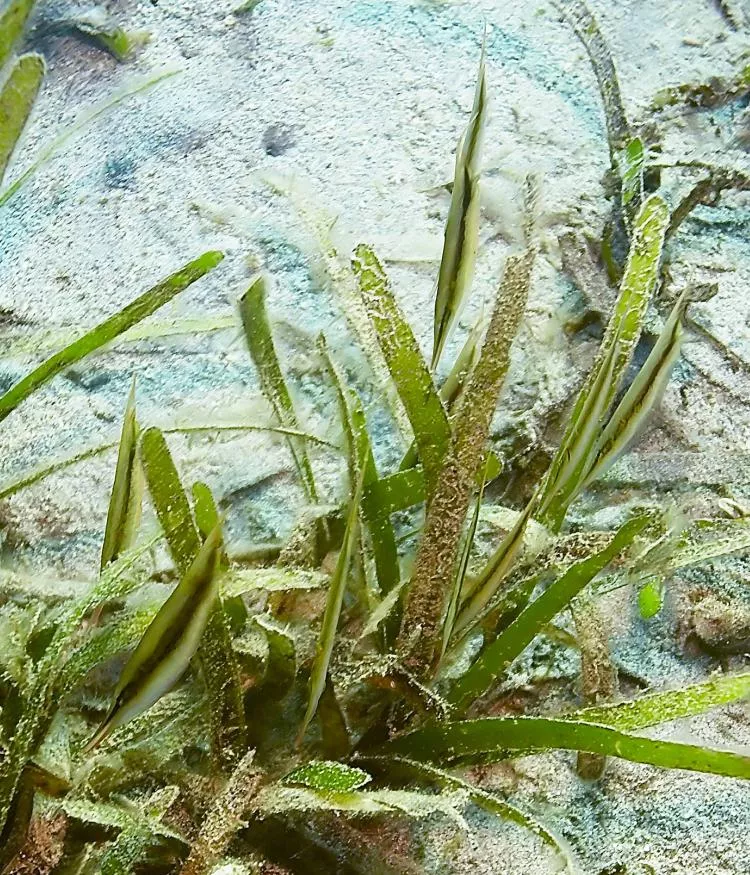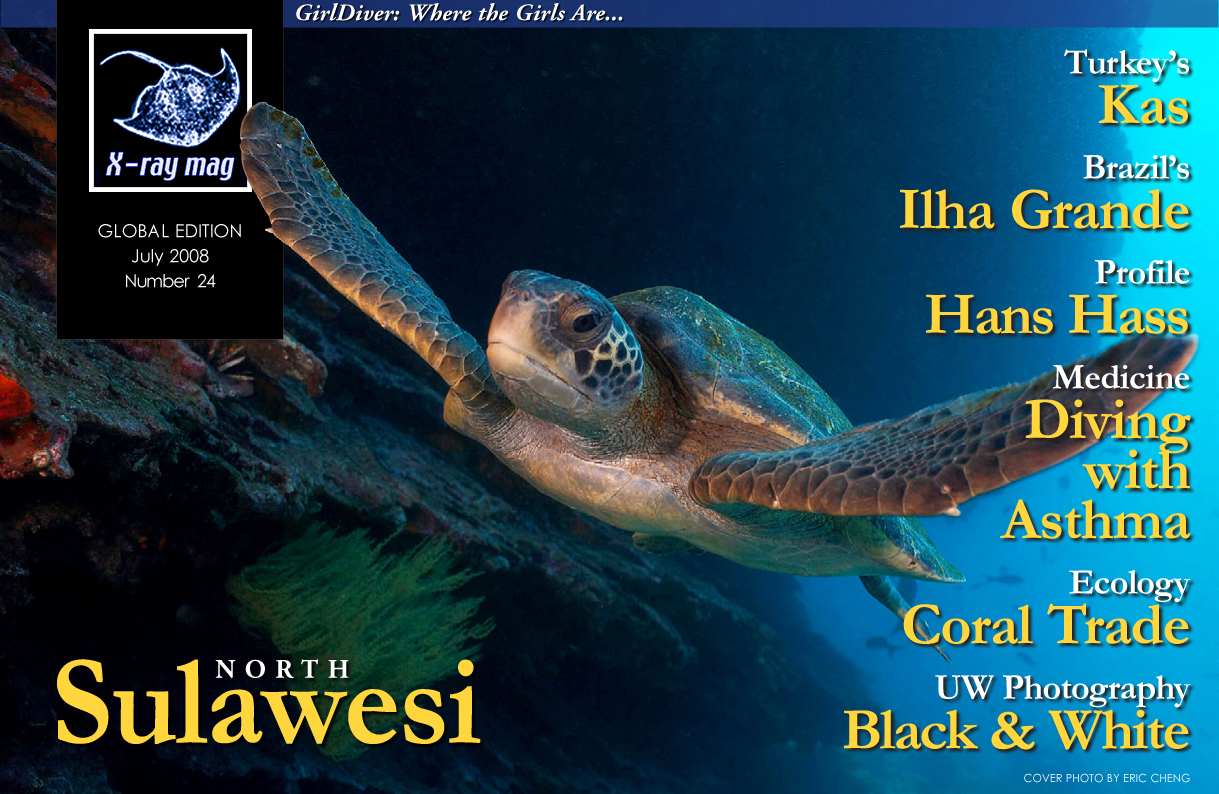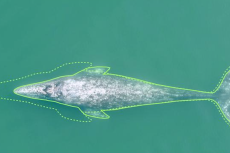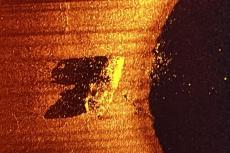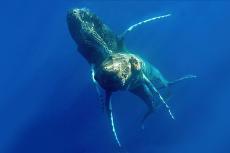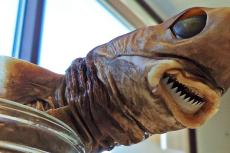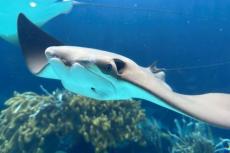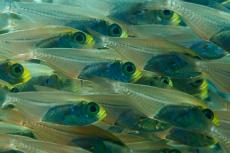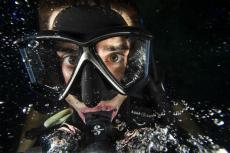Is it mimicry, mimesis or camouflage?
Contributed by
Mimicry is one of several anti-predatory devices found in nature. Specifically it is a situation in which one species called the mimic resembles in colour, form, and/or behaviour another species called the model. In so doing, the mimic acquires some survival advantage such as protection from predation. Usually mimicry refers to the similarities between animal species whereas camouflageusually refers to an animal species resembling an inanimate object.
The lack of a true distinction between the two phenomena can be seen in animals that resemble twigs, bark, leaves or flowers, in that they are often classified as camouflaged (a plant constitutes its “surroundings”), but are sometimes classified as mimics (a plant is also an organism)
In between camouflage and mimicry is mimesis, in which the mimicking organism takes on the properties of a specific object or organism, but one to which the dupe is indifferent. (The dupe is the ‘observing’ organism ie the predator from which the mimics are trying to hide.)
Though mimicry is most obvious to humans in visual mimics, others senses such as olfaction (smell) or hearing may be involved, and more than one type of signal may be employed. Mimicry may involve morphology, behavior, and other properties. In any case, the signal always functions to deceive the receiver by preventing it from correctly identifying the mimic.
Batesian mimicry refers to two or more species that are similar in appearance, but only one of which is armed with spines, stingers, or toxic chemistry, while its apparent double lacks these traits. The second species has no defense other than resembling the unpalatable species and is afforded protection from certain predators by its resemblance to the unpalatable species, which the predator associates with a certain appearance and a bad experience.
Muellerian mimicry refers to two unpalatable species that are mimics of each other with conspicuous warning colouration (also known as aposematic colouration). Thus all mimics share the benefits of the coloration since the predator will recognize the coloration of an unpalatable group after a few bad experiences.
These fish swim horizontally when they are hunting. At other times they can be seen swimming vertically with their heads down, although they are also capable of swimming with their heads up. ■

